Create your own content calendar. Publish more frequently. Guest blog on authority websites in your niche. Build contextually relevant authoritative backlinks and share content to build your own audience on social media.
I am sure that you might have heard tons of articles on these subjects. In fact, I regularly cover such inbound marketing strategies on my blog.
But guess what?
Even a well-executed SEO campaign can take up to 6 months to mature and drive considerable business results for your website.
So until then should you just sit back and wait?
Nope.
If you’re a hustler, I’m sure you like to take action. Just publishing content, sharing it once on your social accounts and waiting for your target audience to come to you is not the most exciting thing.
That’s where paid marketing comes into the picture.
By spending just $50 on social media Ads you can drive 10,000 pageviews to your article.
No, I’m not exaggerating.
Larry Kim from WordStream collaborated with HubSpot to conduct an on-demand webinar on the subject.
You can drive visitors to your website at under 20 cents per click. That’s why marketers like Fred Lam from iProAcademy have invested more than 10 million dollars in paid advertising.
In fact, I’ve been a believer in playing around with paid marketing for a long time. I’ve experimented with many paid marketing channels including AdWords, Facebook, LinkedIn and Stumbleupon.
Contently lists social advertising as ‘a huge untapped resource for marketers’, because social paid spend still lags behind customer attention by 50% (or $5 billion).
Without a doubt, you can derive tremendous ROI from paid marketing and also see quicker results as compared to content marketing.
Indeed, whenever my friends who own companies (and are making good money) ask me for investment tips, I don’t advise them to get into real estate. Or angel investing.
I just say these two words…
There are so many great companies that have already created great products. You can use Adwords to sell more of their products. You just need to spend 100 hours learning AdWords, investing $50,000 in Google ads and converting it to $500,000 in sales.
Obviously, you need to execute strategies in a step-by-step manner, analyzing your ad performance along the way.
But, if you keep tweaking ads and understand your data, you can tremendously increase conversions for your business.
And I’m talking not just about AdWords. You can derive great business results even from Facebook and other paid advertising networks (though some channels will prove more effective depending on the nature of your business).
Don’t believe me?
Let me share Castrol Moto’s case study. They experimented with both organic and paid social campaigns on Facebook for a 12 month period.
These are the numbers Castrol achieved in the first six months through organic reach.
The numbers look impressive, right?
It’s great to achieve 5,000 fans in 6 months by sharing quality content.
But there’s a problem when you dig deeper. Only 20% of their fans lie in the US. And, since Castrol was targeting North America, the other 80% of fans were of little value to them.
Enter targeted paid social advertising. Within just 6 months of the campaign inception, look at the terrific jump in Castrol’s Facebook page performance.
But, not only did the number of fans and engagement increase. The quality of fans (audience demography) they reached was far better than their 6-month organic marketing period test.
That’s the beauty of paid marketing channels like Facebook. They offer you tons of targeting options (up to 1500 data points per user).
Your targeting options aren’t limited to the basic demographics like age, gender, education, job title and marital status. You also get advanced interests and behavior targeting, like advertising to the users who like Social Media Examiner, but not Mari Smith.
So would you like to improve your organic efforts with targeted paid marketing?
Then, through this article, I want to help you get started with four basic steps. I’ll mostly cover advertising focusing on AdWords and Facebook (that’s where most businesses start).
But once a paid campaign on one platform yields good business results, you can transpose this simple framework to other platforms as well.
Ready?
Then, let’s get started.
Note: If you’re completely new to advertising, I would recommend you to first read my beginner’s guide on paid channel advertising. It’ll give you a head start, helping you differentiate between CPC, CPI and CPM ads, as well as a primer on the various ad networks.
Step #1: Understand the psychology of your users hanging out on different platforms and carefully target them
This step will deliver a much better ROI from your campaign.
How?
Because it’ll help you craft a personalized ad message based on the user’s psyche on each platform.
In a CMO Council survey, 43% of marketers said that personalization led to more conversions.
And doesn’t it seem obvious?
A more intimate understanding of your users’ needs will help you in providing a more relevant and enriching experience to them. This, in turn, will also increase your customers’ brand loyalty.
So let’s start with Google’s paid advertising platform.
Google AdWords
I’ve already told you how it is normal to derive 300% or more ROI from Adwords.
In fact, out of the 10 core key performance indicators (KPIs) used by marketers, AdWords was said to generate the highest ROI.
So let’s get started with how people use Google.
Do you know that an average person performs 129 searches per month? So what is the type and length of these searches performed?
Blue Nile Research, in its study ‘Psychology of the Searcher,’ found that there is an even split between 2-3 word searches (fragments) and 4+ word searches (full queries). Here are examples to help you differentiate between the two.
And, the research also found that searchers preferred performing question form queries to a non-question form.
What does this mean for you?
By uncovering the types of questions asked by your target audience, you can guess where they currently are in the buyer’s journey.
Blue Nile Research found that searchers are inclined towards finding an immediate resolution of their problems (like ‘how do I fix my coffee maker?’)
The above kind of informational queries indicate that your customer is in the early research phase. This equates to crafting high-quality blog posts (pursuing content marketing and link building) that educate and inform your target audience rather than selling them a product.
Maybe you can offer a content upgrade (or another lead magnet) to get your prospect on your email list when targeting such keywords.
I’m writing about these types of queries because they account for a majority of the search queries performed – up to 80%.
But while advertising on AdWords, you should target keywords with commercial intent (transactional queries).
Although they equate to only 10% of total queries, they amount to direct business for you. Here are some examples to help you differentiate between the two types of queries.
So how do you find such queries in your industry?
By logging into AdWords and trying 3-4 different keywords.
Make sure you set the correct targeting options – your language and country.
Then click on the blue ‘Get Ideas’ button.
You’ll get results with average monthly keyword volume, average CPC and some additional keyword ideas.
If your company specializes in a particular kind of product, then you should use long-tail keywords to target your specific industry segment.
Here is a flowchart demonstrating how you can get very specific (rather than advertising on generic keywords) by using long-tail keywords like ‘commercial solar powered tractor’.
You can also check out the keywords your competition is focused on by using this brilliant tool…
Spyfu.com.
Just enter your competitor’s website (or a specific keyword if you don’t have a specific competitor in mind) in the search box on the website and press the enter key on your keyboard.
You’ll get a keyword overview like the one below for ‘cheap bricks’ along with a list of profitable related keywords. You’ll also get a bunch of other helpful data like the most successful advertisers, their best ads and ranking history.
In the report, I would advise you to particularly scroll down and look at the “top keywords” section.
These keywords are a good indicator on what’s working best for your competitors (although the data isn’t 100% reliable). This is specially true if your competitor has been using Adwords for a considerable amount of time.
Another great strategy to find commercial keywords you can target is digging into your website analytics.
If you’ve set up a monetary value of goals in your Google Analytics, then you’ll instantly find some high-converting keywords by logging in your dashboard (in the far-left column).
Note that the keyword that results in the highest traffic need not actually drive the most conversions, so be aware of this difference.
And, if you find some high commercial intent keywords, then it’ll be nice to top your organic rankings with some paid results.
Finally, if you’ve built a brand by putting in regular hard work, then don’t let your competitors steal your traffic.
What do I mean?
Your sneaky advertisers might bid on your brand keywords and try to give a better deal. Look at the example below. Dyno Rod’s competitors are advertising and appearing in the second/third spots.
But you have a tremendous advantage.
Those who searched for your brand already know you. So, you can advertise for all variations of your brand searches (like for me keywords include ‘neil patel blog’, ‘neil patel seo’, ‘neal patel’) and occupy more real estate in search results to serve the right page on your website.
And I’ve got some more good news for you.
Bidding for such branded keywords is generally cheap and helps in improving the overall quality score of your AdWords account (which influences the rank and CPC of your ads).
Note: You can prevent burning dollars on irrelevant keywords that have no buyer intent by using negative keywords. They’re a way of telling Google that you don’t want your ad to show up for any query that contains a specific word.
You just need to add a minus (-) before that specific word in your keyword phrase (for which you don’t want ads to show up). Here’s an example demonstrating its use.
Next let’s check out the Facebook advertising ecosystem.
Facebook Ads
As per a Synapse study, here are a user’s expectations after liking a brand on Facebook.
So now you know that your fans liked your page to support and hear from you. And, if you can give them a coupon or discount on your products, then you’re golden.
That might be the reason that Marina collected 17,800 emails in 6 weeks on Facebook. She offered makeup worth $300.
Here is the Facebook ad she used to achieve a 53% conversion rate.
I hope that establishes the effectiveness of Facebook Ads. You just need to carefully employ sophisticated targeting options inside Facebook to achieve such results.
So let’s start with the steps to launch you first Facebook Ad.
Head over to Promote >> Ads Manager.
You can start with a simple campaign to just send people to your website.
Next, you’ll be asked to enter your landing page URL (we’ll discuss its optimization in the next step).
Now, this is the most critical part of launching your campaign – targeting your audience demography appropriately to achieve a narrow reach.
Here’s an ad that reaches 6,700 people (doesn’t cast a very wide net) based on audience targeting I’ve set, such as location, gender, interests, job title and other features visible in the right audience definition sidebar.
Later in the article, I’ll show you advanced campaigns that were run using the power editor inside Facebook Ads ecosystem to achieve incredible conversions. You can follow the steps in those case studies to speed up your learning and quickly become an advanced user.
Check if your target audience hangs out on smaller social networks like Pinterest, Instagram and Snapchat
If you’re a fashion brand for women, then it’s a no-brainer to invest in Pinterest advertising. Because 80% of Pinterest users are females.
You cannot afford to ignore their purchasing power, can you?
Indeed women hold 85% of all consumer purchases, yet 91% of women feel that advertisers don’t understand them.
So how do you find out if smaller networks will command a better ROI from your advertising campaign?
Here are two simple strategies you can use.
1. Look at the demographics of the social network and see if it fits your target audience.
I already mentioned Pinterest’s female dominance. But, did you know that 70% of users are also female on Snapchat? And that 71% of them are under 25 years of age?
Data on your target audience’s income, age and education will help you to determine the right channel for launching your campaign.
You can read this Sprout Social article to find the demographics of common social platforms.
2. Perform competitor analysis and look at the social presence of other brands in your industry.
Let me share the case study of an eCommerce store to demonstrate my point. Ezra, a retailer, generated 520 eCommece sales (amounting to $41,254.34 in revenue) from $775.50 in ad spend with Pinterest Advertising.
And, he didn’t use a long-form sales page for generating leads. Instead, he used a direct response advertising campaign (promoted pins) for sending the user to his store. Look at the funnel he used.
If you’re an eCommerce retailer, you just cannot afford to ignore cheap 17 cent clicks from this powerful source.
Step #2: Create your first compelling advertisement and set up a flattering landing page
Now it’s time to create an optimum environment to welcome a new customer to view your brand’s website.
If you’re using AdWords, then you have these two targeting options.
- search – meaning your ad shows only on Google
- or display network – meaning your ad will show on other websites that display Google Ads.
For keeping things simple, I would recommend that you start with search ads.
The basic elements of an Adwords ad are –
- Headline
- URL
- Description
- Network features
Try to include your target keyword (based on relevant user intent) and craft persuasive copy to increase your CTR. A buyer’s persona will be of immense help at this stage.
You can also glance through the description and call to action of ads that your competitors are using.
Just click on Advertiser History at Spyfu.com
But, what if you can’t write your message in the limited real estate of 70 characters?
Then you can enhance your ad with extensions (or network features).
Some examples include an option to download you app.
Or letting people click on a button to give you a call.
Or just sitelinks to introduce your customer to additional offers on your website, like the jcpenney ad below does.
Next, let’s look at how to set up an advertisement on social networks. They differ from search engines as people primarily like seeing visuals on these platforms. And, you get deeper targeting options based on demography (not keywords).
First things first, you need to play by the rules of each social network.
For example, on Facebook, you cannot include more than 20% text in your advertisement. And, it’s better if you follow the recommended image size.
The above rules are for a single image advertisement which I recommend you to start with on Facebook. And, stay away from generic stock photos. Use your own pictures for making your message more compelling – hire a designer if required.
You can use this tool to find out if your image follows the 80% visual rule.
Next, you need to write the headline and supporting copy for your ad.
For the copy, I would advise you to keep it simple and direct.
Like Anne does below.
Or you can also add a bit of emotional flavor like The Middle Finger.
For your CTA, ‘learn more’ has been found to convert best.
Pro Tip: I would advise you to stick with newsfeed Ads at the start, because they generate the highest interaction rate.
Uncheck all other placements besides desktop news feed (you’ll have to scroll all the way down to find this option). It’ll also help with better analysis of your ads.
You’re now done with setting advertisements. You’ll get notified when your ad gets approved.
Is your job done?
Nope.
You haven’t converted your visitors yet.
You need to set up your landing page while maintaining scent and impressing those first time visitors. Congruence between your ad and landing page helps in creating a seamless experience for your users and it even improves your ad quality score.
If you ask for tons of information from your visitors on your landing page, then you’re going to lose many of them.
Instead, create a simple, straightforward landing page with a powerful headline, simple design, succinct supporting copy and a compelling CTA.
You can read my guide on creating a high-converting landing page for help.
It’s okay to create a high-friction landing page with many fields if it’s a part of your strategy to attract highly qualified visitors. This was the case with Design Pickle (whose case study we’ll discuss in detail a bit later in the article).
It’s good to link to your sales page directly from a PPC ad – since you’ve targeting commercial intent keywords as per my instructions in step 1. So, if you advertised for “buy coffee maker,”
then it’s good to have visitors land directly on your store page. It’ll generate good conversions.
On social media, your target audience might not be in a buying mood, so you can instead ask for their emails by offering a lead magnet, rather than asking for a direct sell.
But, there’s no one-size-fits-all strategy. On certain social networks like Pinterest, people are frequently in the buying mode.
Remember Ezra who used promoted pins?
He didn’t really have a dedicated long-form page for collecting emails after sending people to read his article. Instead, he unleashed his leads directly on his eCommerce store and generated 40,000+ dollars in revenue.
Step #3: Get your feet wet by starting with a small advertising budget
At this stage, you need to get accustomed to the ins and outs of the platform where you’re advertising.
So, start really small. Even a budget under $10 a day works well. Since your budget is small you might get under two clicks a day (which is okay).
Businesses make an average of $2 for every $1 they spend on AdWords. But they aren’t cheap.
I’ve already written a lot about how to optimize your ads and increase your conversions on AdWords. So, I would recommend that you read these 3 articles for increasing your ROI from Google AdWords.
- 8 Google AdWords Hacks That’ll Double Your Conversion Rate
- 7 Simple Google AdWords Hacks That’ll Drive More Qualified Leads
- New to AdWords? Avoid These 10 Common Budget Killing Mistakes
Next, let’s look at bidding on Facebook Ads.
You can start with a daily budget of under $5 per day and run your campaign for a month. Trust me, you can get incredible results with just $300 (or even less) from Facebook.
An example is Mary Fernandez. She got 532 subscribers in a mere 43 days by spending just $227.05.
But you need to invest your money wisely. Just bidding for more Facebook likes on your page isn’t going to help your business. Nor would I advise you to invest in the simplest and quickest form of advertising on Facebook – ‘Promote post’.
With the robust targeting options available inside Facebook, you can do much more than just appearing in news feeds of a few more fans (or friends of fans).
Let’s look at another case study to demonstrate the hidden potential of Facebook Ads.
Annalise’s client in the hospitality industry had already invested over a thousand dollars on Facebook Ads. But, they weren’t seeing any traffic.
Annalise saw one of the ads and immediately understood why the ads weren’t working.
So, she performed deep research – “identifying audience segments, identifying triggers for each audience, experimenting with copy and images.”
Then, she used the power editor (which gives you much more control than ad manager) to create ads.
And boom.
With a $100 budget the ads garnered more than 1000 likes, 186 comments, and 175 shares.
But, that’s not the best part.
The $100 resulted in 2538 highly-targeted and qualified potential customers to Annalise’s client website (that’s $0.039 cents per click by the way).
And, as of November 2014 the $100 ad spend resulted in a massive revenue of $14,790.
I know.
That’s a jaw-dropping ROI.
But let’s dive deeper and understand how Annalise achieved such gigantic results.
It was because she didn’t sit back after writing one ad. She likes to write many ads in multiple formations. Sometimes she’ll write 30+ ads for a single landing page.
Such hard work gives you opportunity to knock out ads that aren’t working and to optimize the copy and image for better conversions with the ones that are working.
Even Mary recommends you to stop your ad if it’s costing you more than $4 per conversion and split test with another test.
Jon Loomer has put up an infographic suggesting 6 key ways to split test on Facebook.
But how do you actually A/B test your ads in Facebook?
You’ll need to click on “create similar ads.”
Then, change one of these things in order of importance – image, CTA or supporting copy.
If you’re advertising on AdWords, you can copy your approved ad.
And change its headline and copy for testing to see if you can improve conversions.
Note that you’ll also need to turn on Ad rotation within a particular Ad Group.
With AdWords, you’ll need to consistently freshen existing ads and launch new PPC campaigns. Otherwise, your customer will get bored with them, stop clicking and your ROI will keep on declining.
Step #4: Revisit your campaign goals. Then look at the ROI you derived to adjust your ad targeting (and scale accordingly)
You might be driving tons of traffic on your website.
But how are you monetizing it?
You need to focus on driving revenue (not just email list conversions). Otherwise, you’ll keep losing your marketing spend.
Which brings me to the best part of online advertising – all advertising networks will give you quantifiable results, so you can quickly calculate if you’re meeting your campaign goals.
Then, test from the various sophisticated targeting options available to make your marketing campaign more effective.
So, define what you think the business you’ll get from a user acquired through a paid marketing campaign is before starting.
Obviously, monetization should be clearly outlined before you launch a campaign.
As an example, look at Marina, who acquired 17,000 emails through Facebook Advertising. She had plans in place for her website to gain returns from the email subscribers she acquired.
She decided on selling private beauty coaching sessions at $225 and promoting fashion/beauty products as an affiliate.
Also, remember that you need to think of the long-term value of the customer rather than the immediate sales that you get.
Let me explain with a case study.
Design Pickle spent $4,526.29 on Facebook Ads, bringing 496 leads and turning 30 into paid customers. Which meant $5,850 in monthly recurring revenue.
Now, you might be tempted to say that they only reaped about $1200 in profits.
But the lifetime value of a Design Pickle customer is around $1.1K. So spending $150 ($4,526.29/30) to acquire one customer is justifiable for them.
Any business would love to have a 633% ROI, which is why Design Pickle continue to use this Facebook Ads funnel as a lead generator for their business.
I would also like to share a successful example of an AdWords campaign.
Let’s look at Geico – they’re spending $25-32 million per month on PPC campaigns (as per iSpionage data).
If you look at their ads, you’ll see how precisely their ad copy matches with the keyword being searched (no wonder they have 45,000 keywords in their campaign).
They mention their office serving the Columbus area when the searched keyword is “columbus insurance company”.
And for the keyword “cheap car insurance”, they offer an ‘Inconceivable’ $19 auto insurance. This is a terrific stand-out headline to attract clicks.
If you want to learn more lessons from Geico besides their targeting, then you can read this article.
Conclusion
Digital ad spending worldwide was predicted to increase 18% in 2015 and make up nearly 30% of the overall ad market. Look at the growth chart from 2014-2019.
There’s no one-size-fits-all approach to get started with online advertising. But, don’t spend money to purchase traffic just for the sake of it. Choose a marketing channel for your business based on past results of your competitors and your campaign goals.
Once you start seeing results, your paid campaigns will become increasingly predictable and you can simply spend more to get more visitors within the next hour – no need to wait for months like with inbound marketing.
On which advertising network do you plan to launch your first paid campaign?

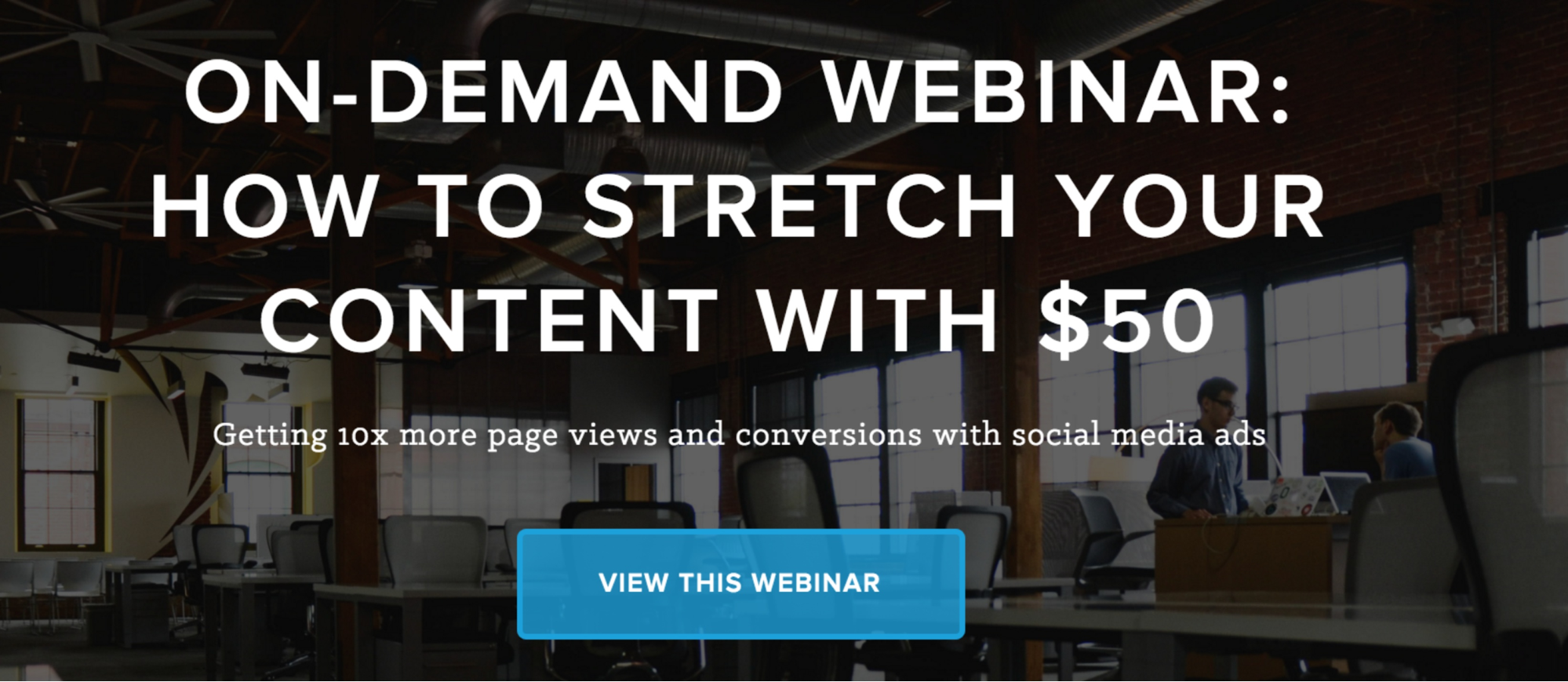
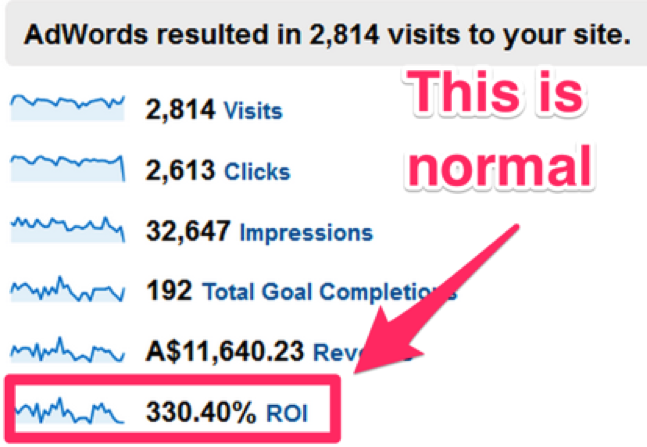
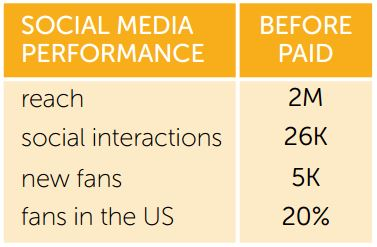
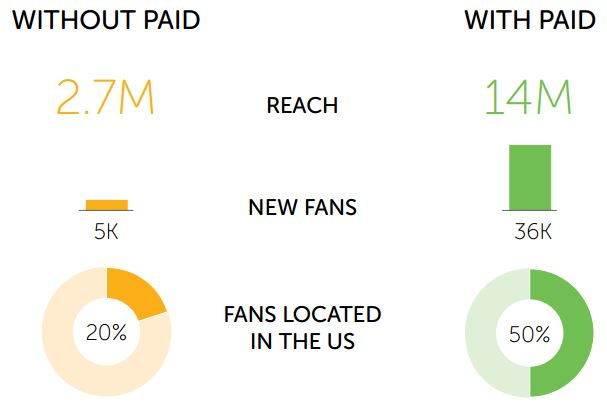
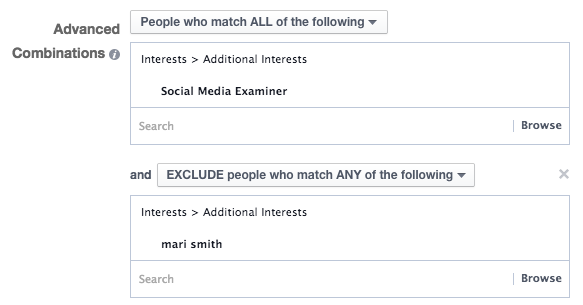
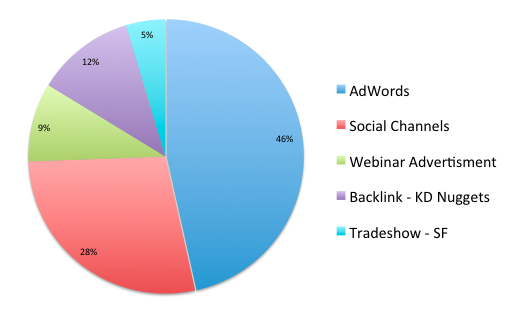
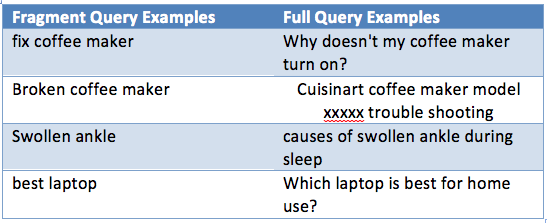

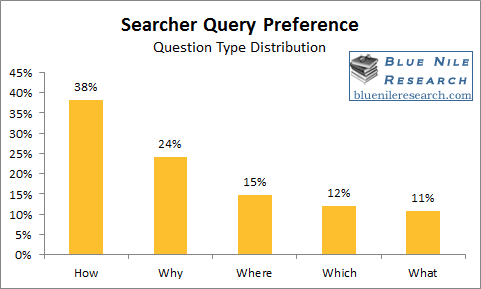
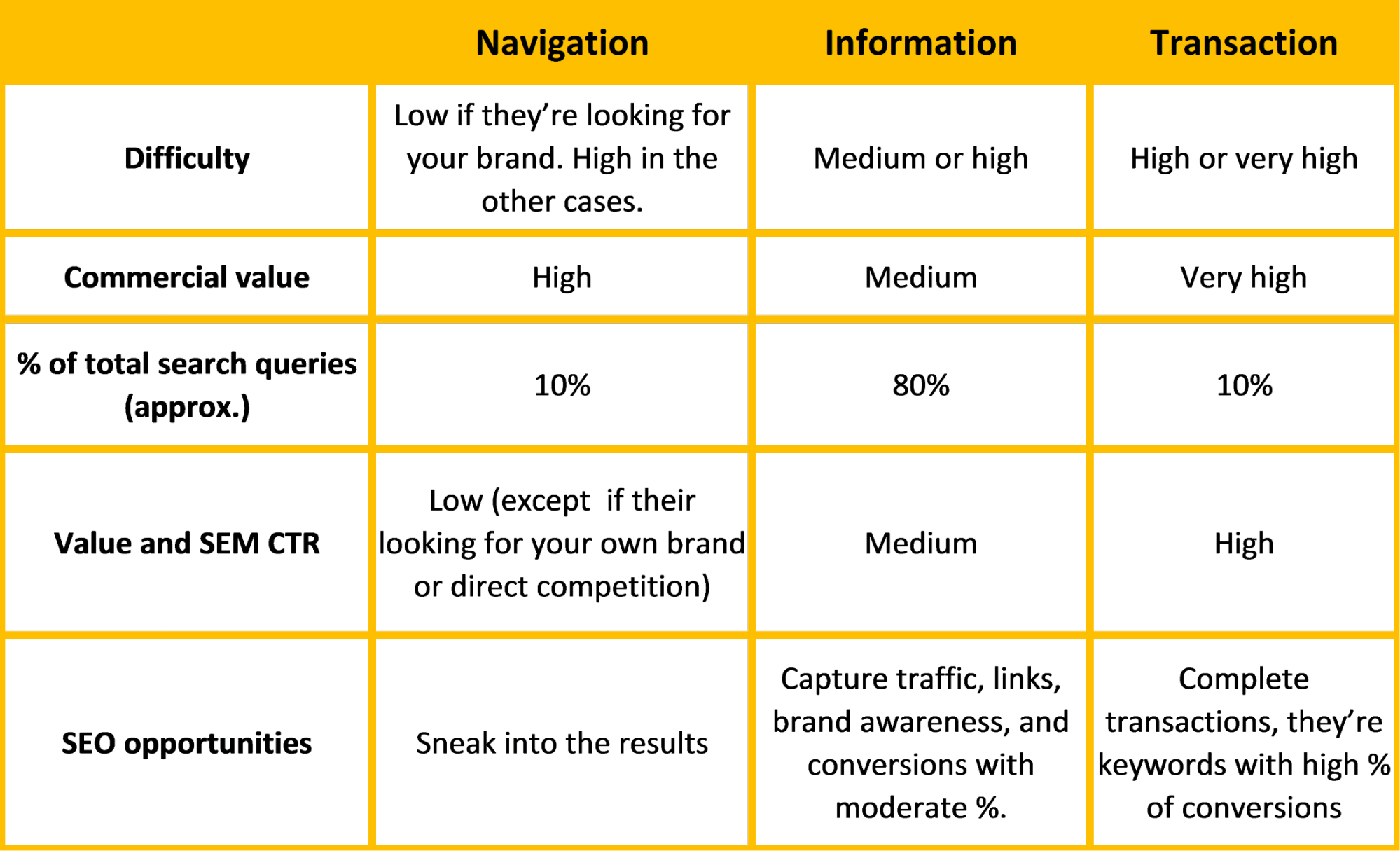
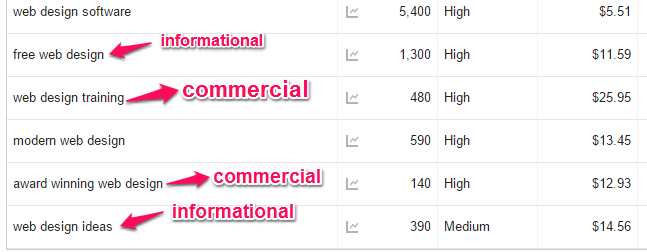
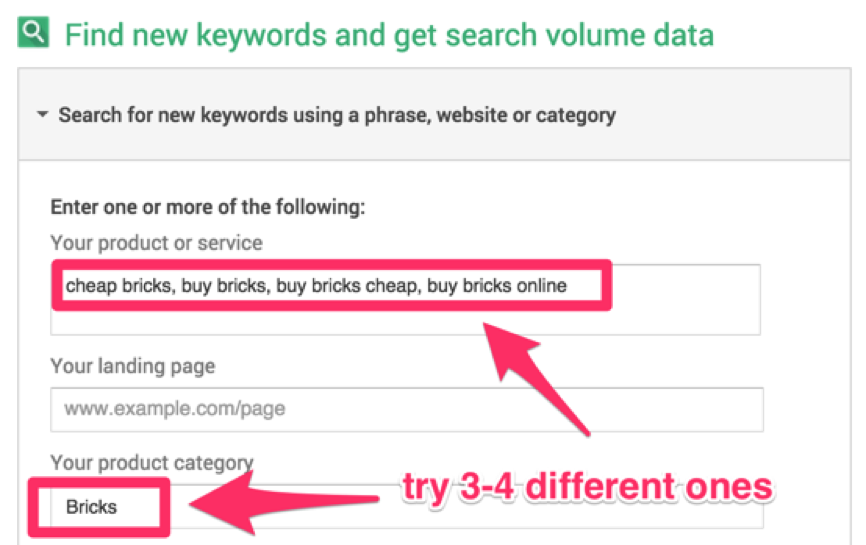
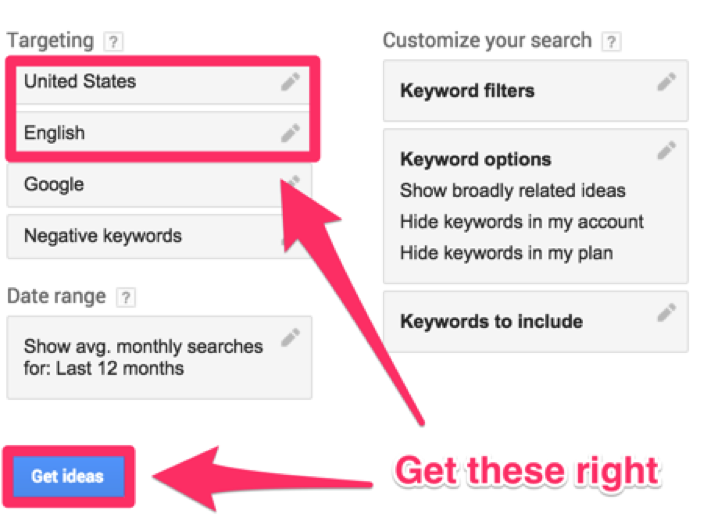

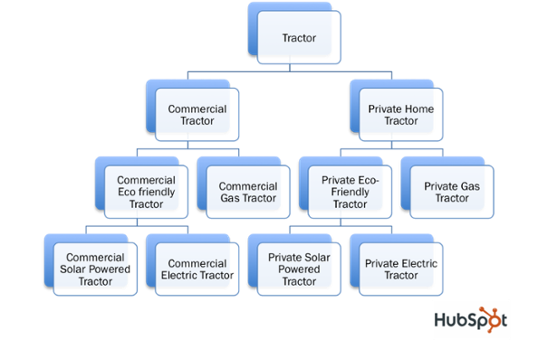
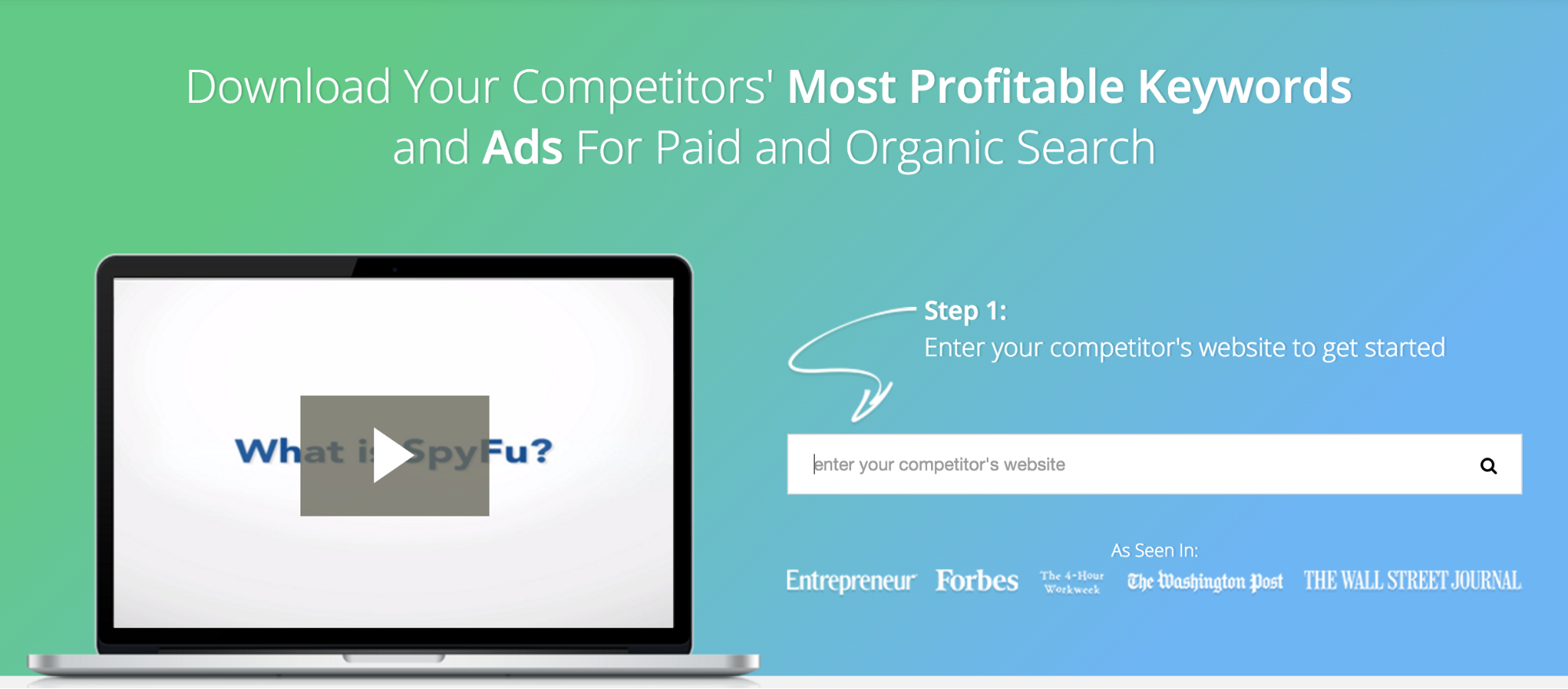

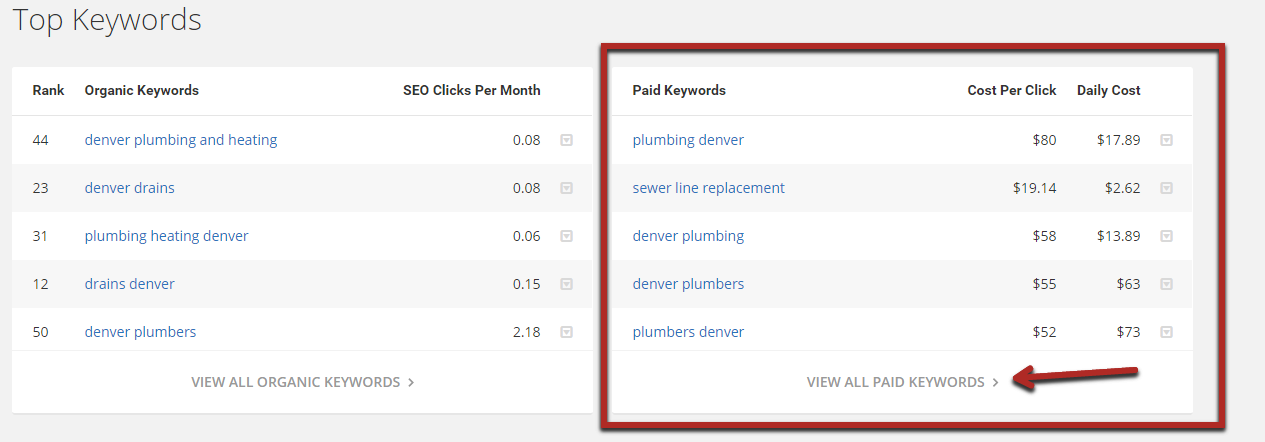
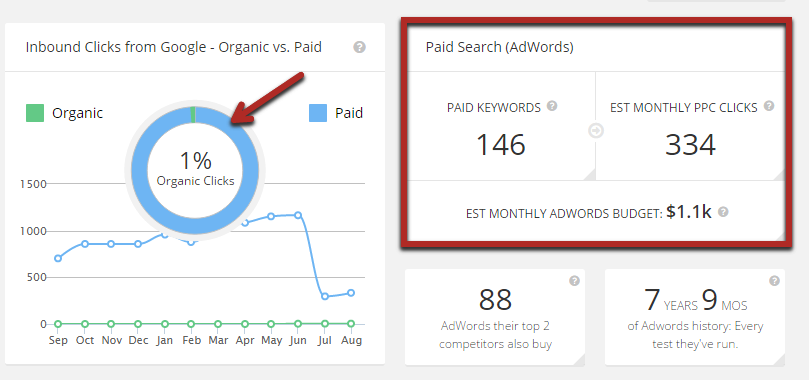
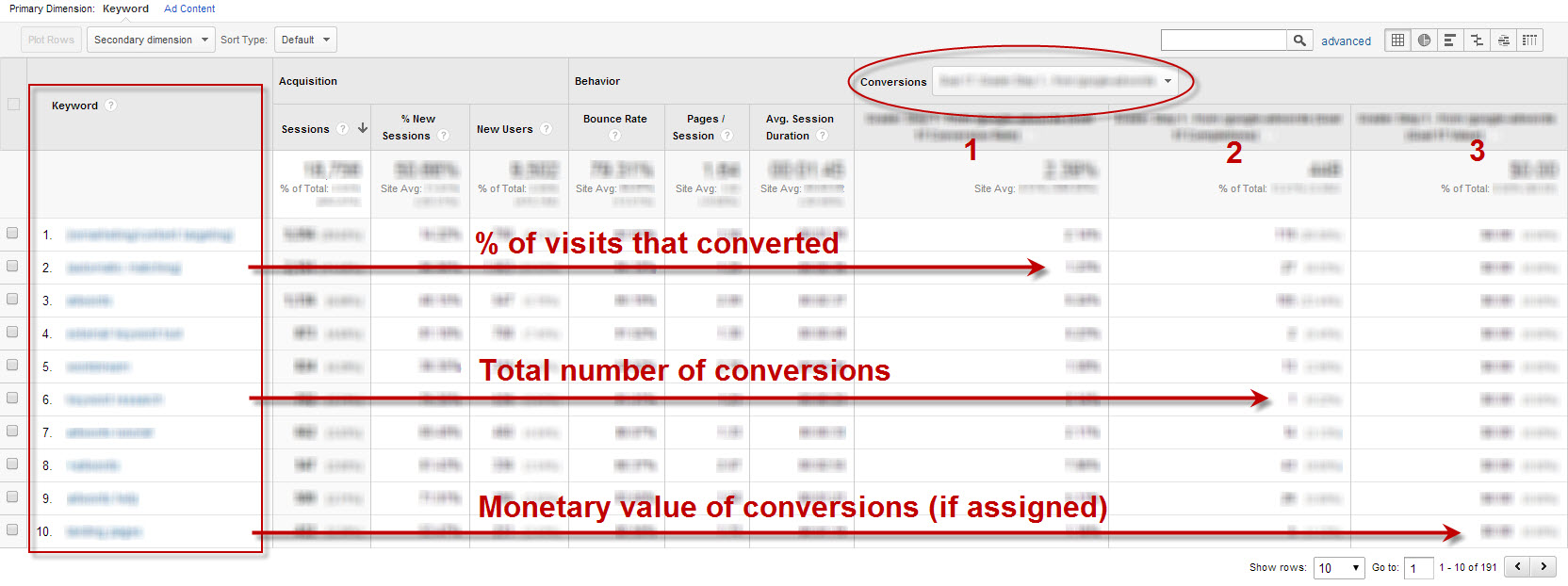
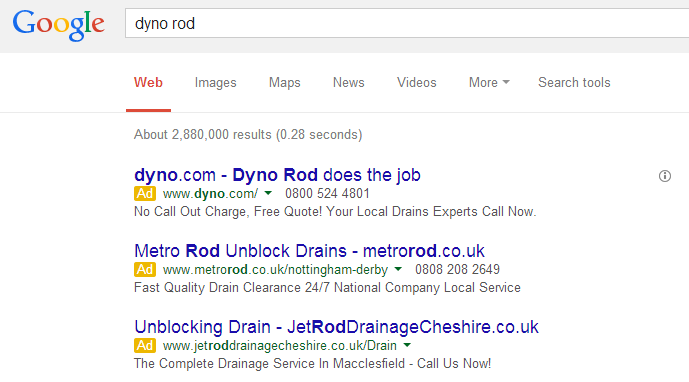


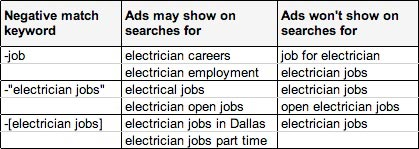
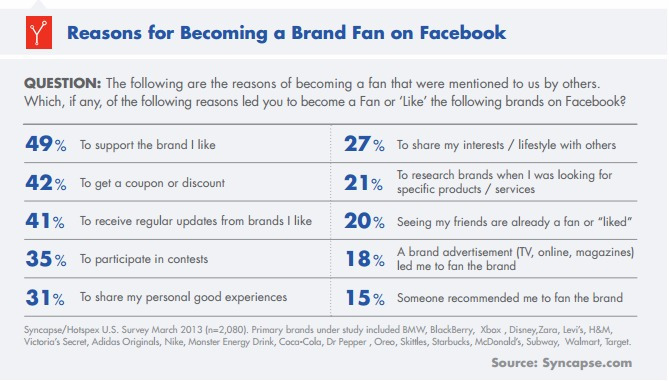
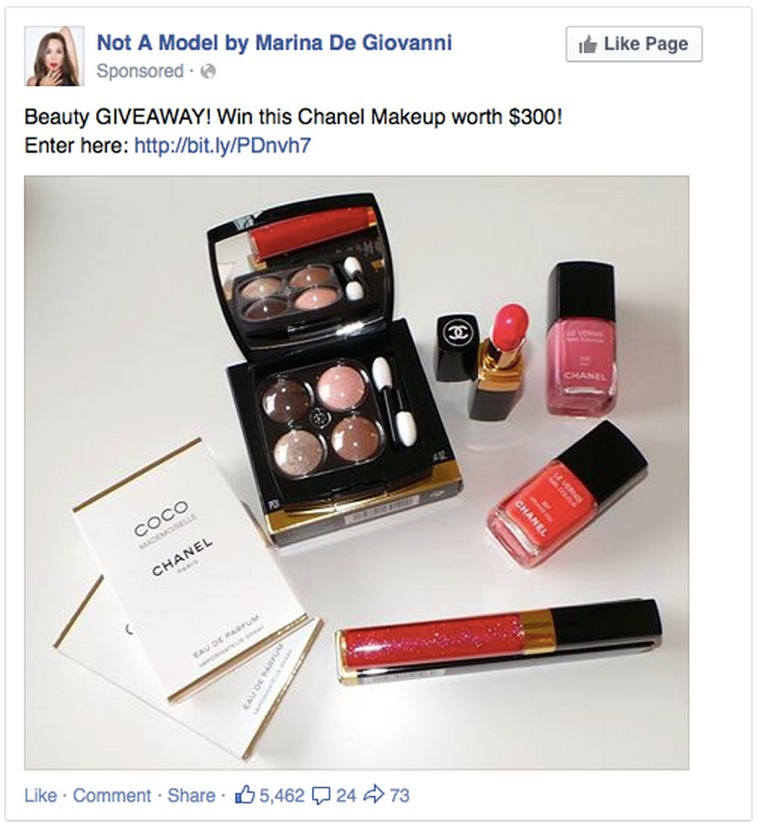
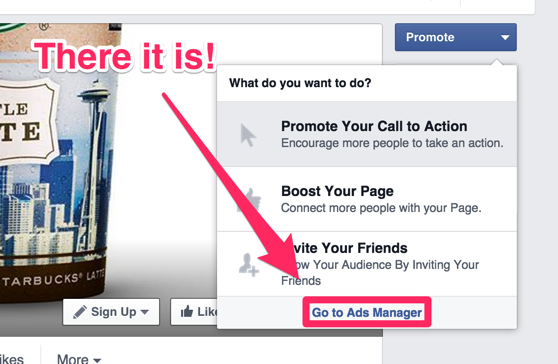

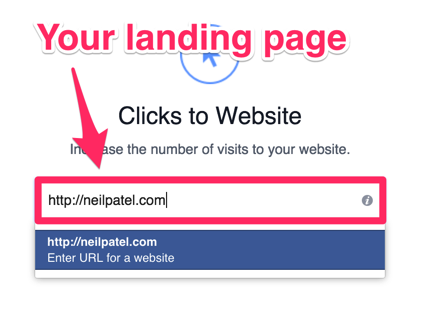
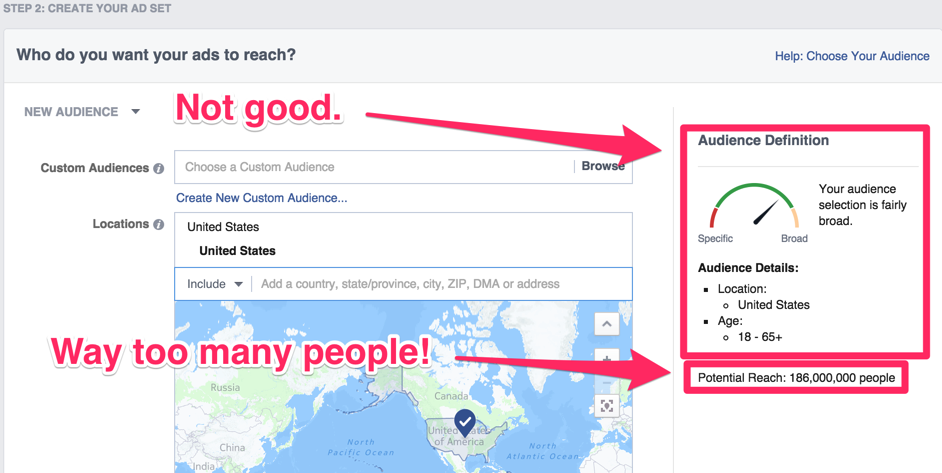
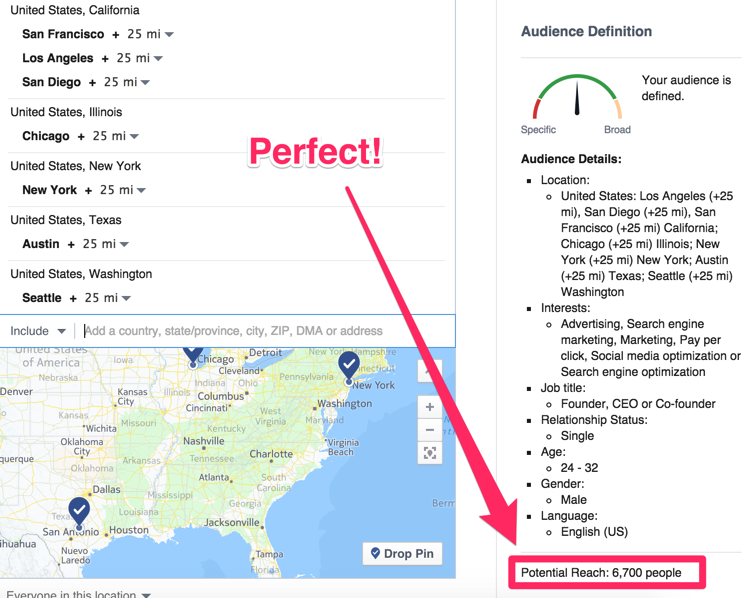

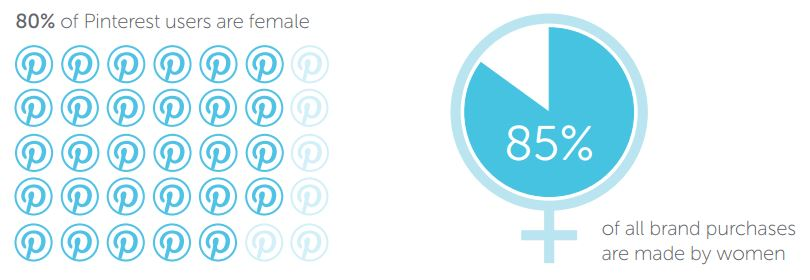


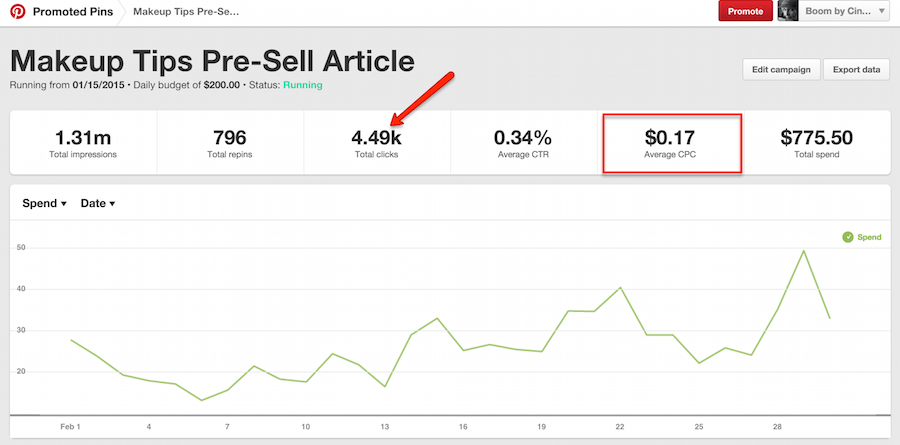
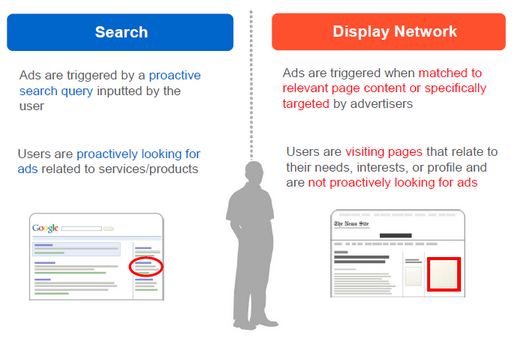
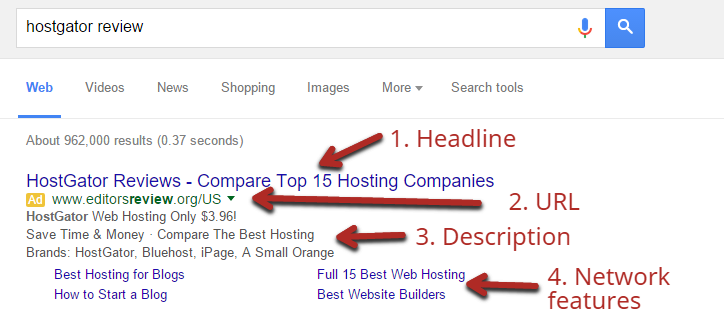
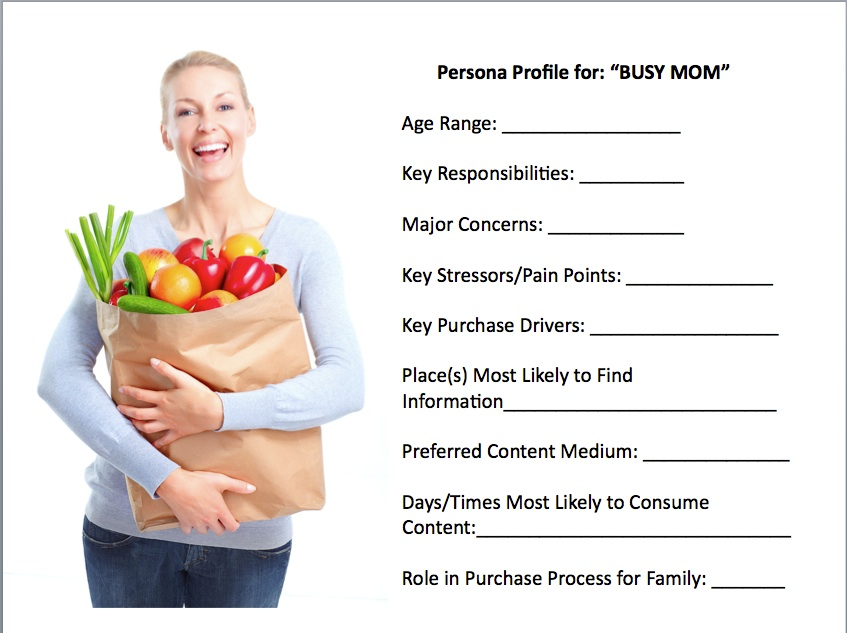
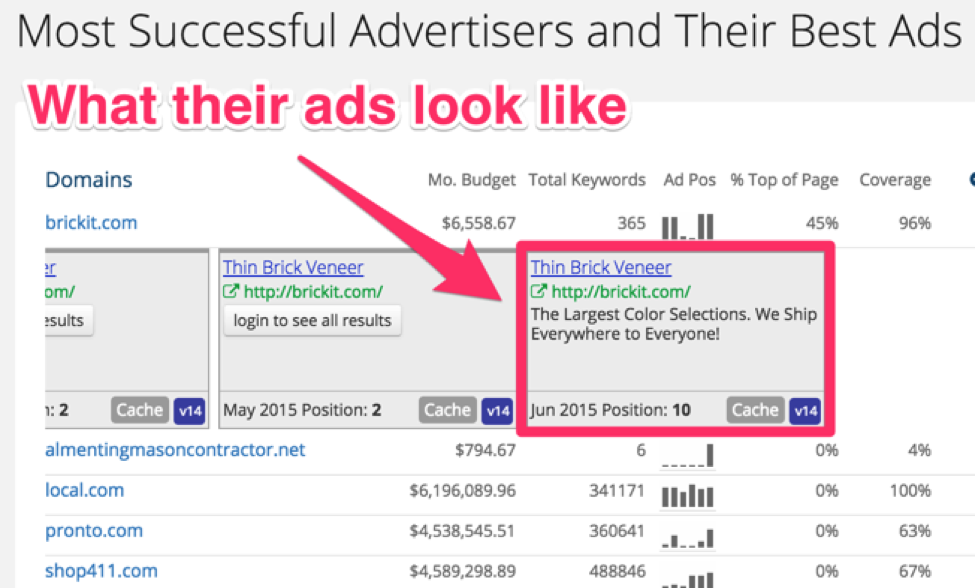
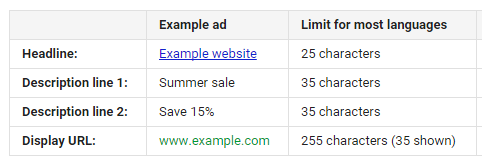
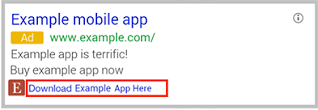



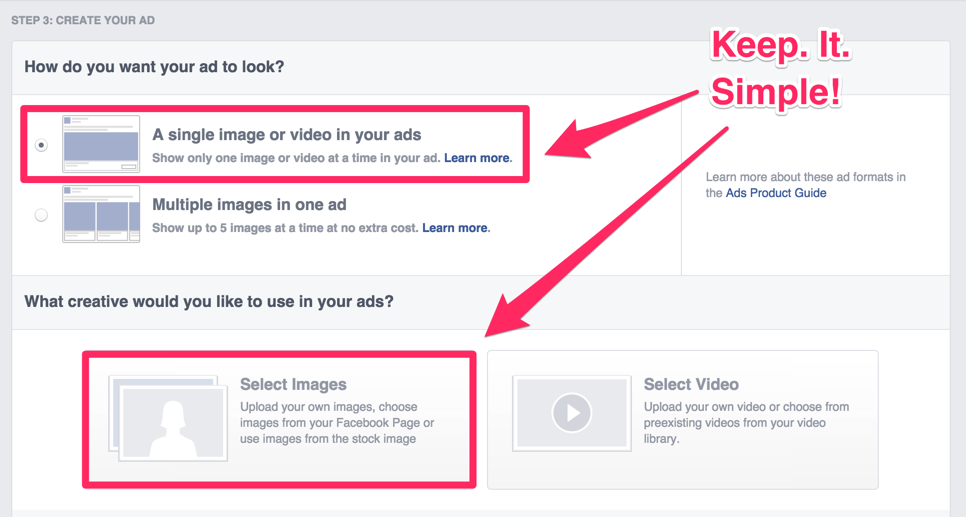
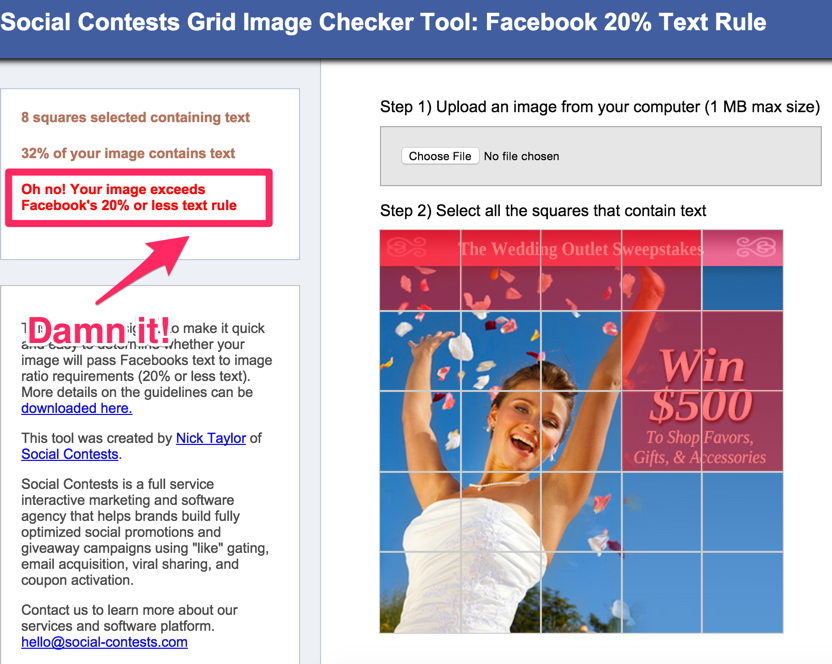



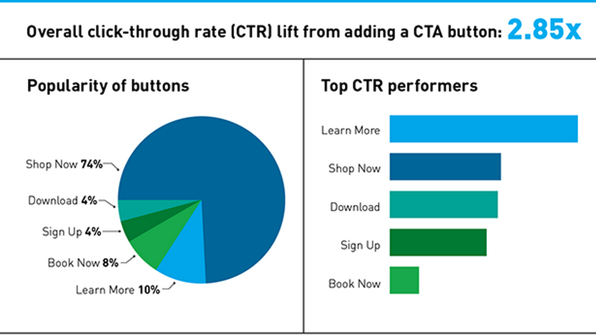
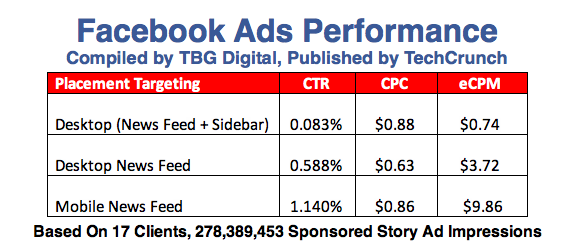
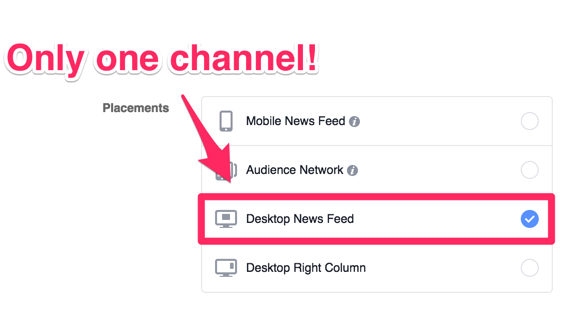

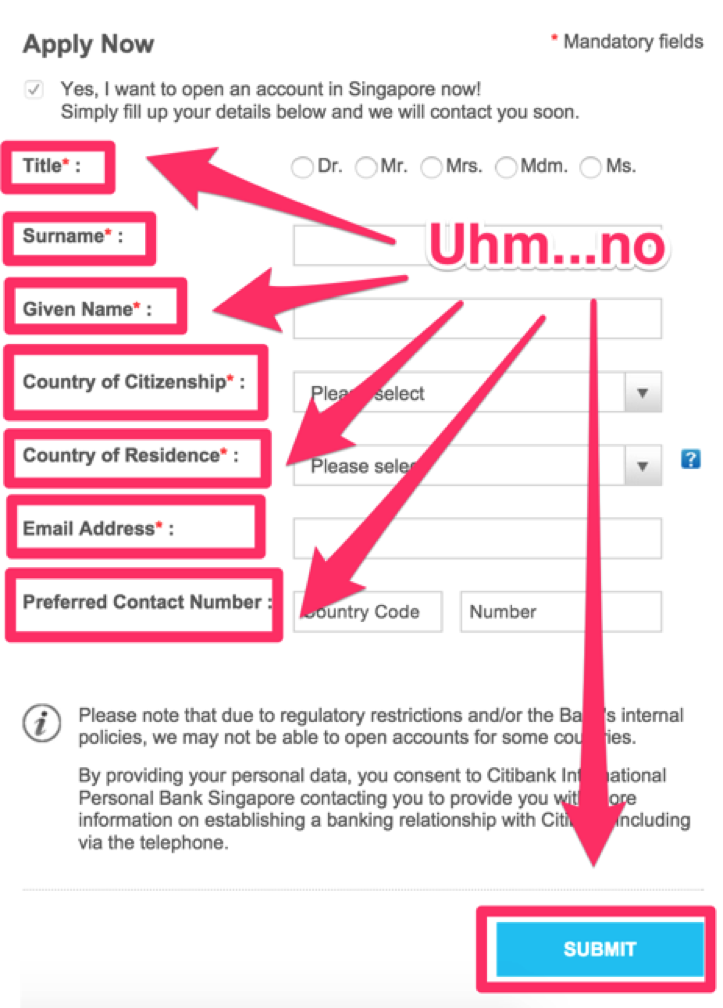
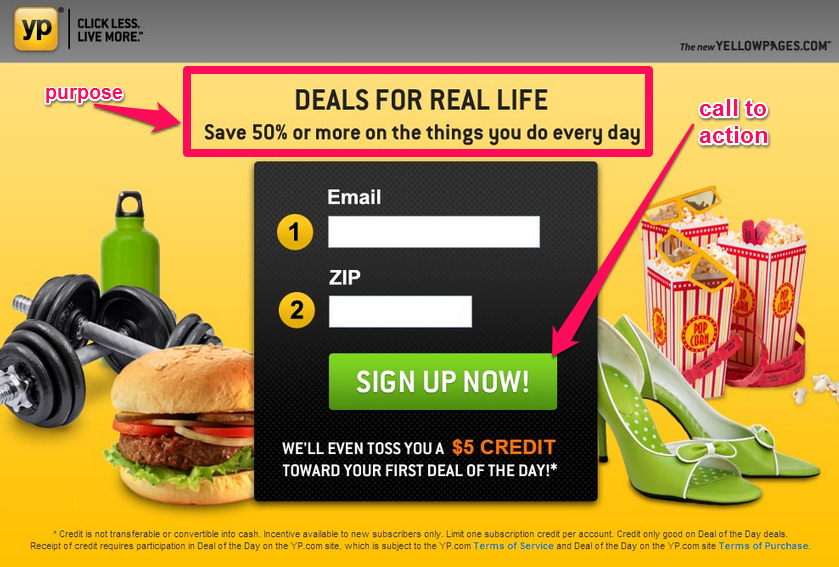
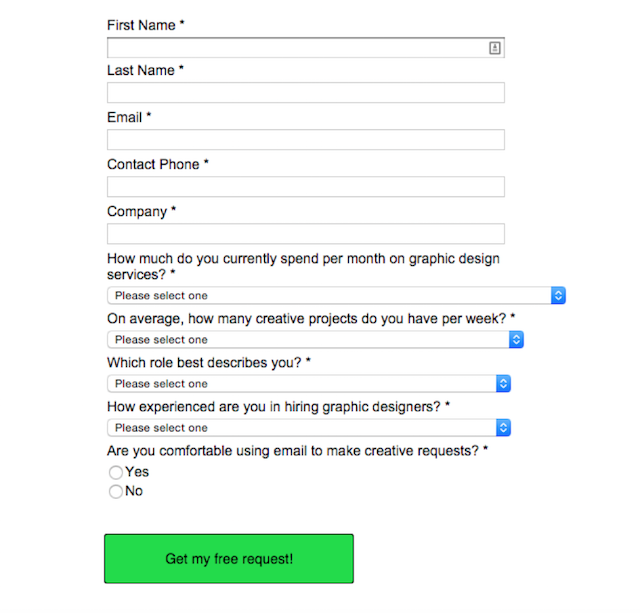
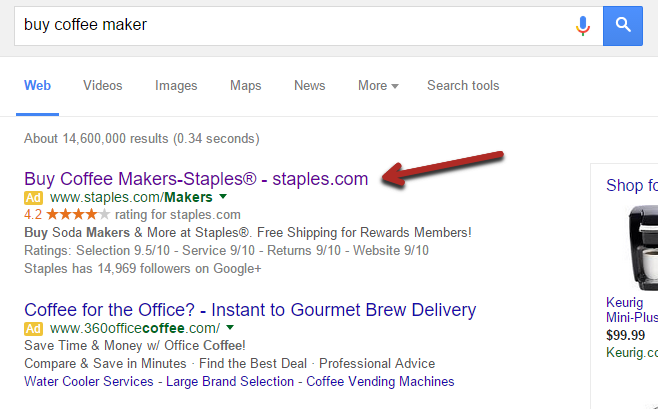
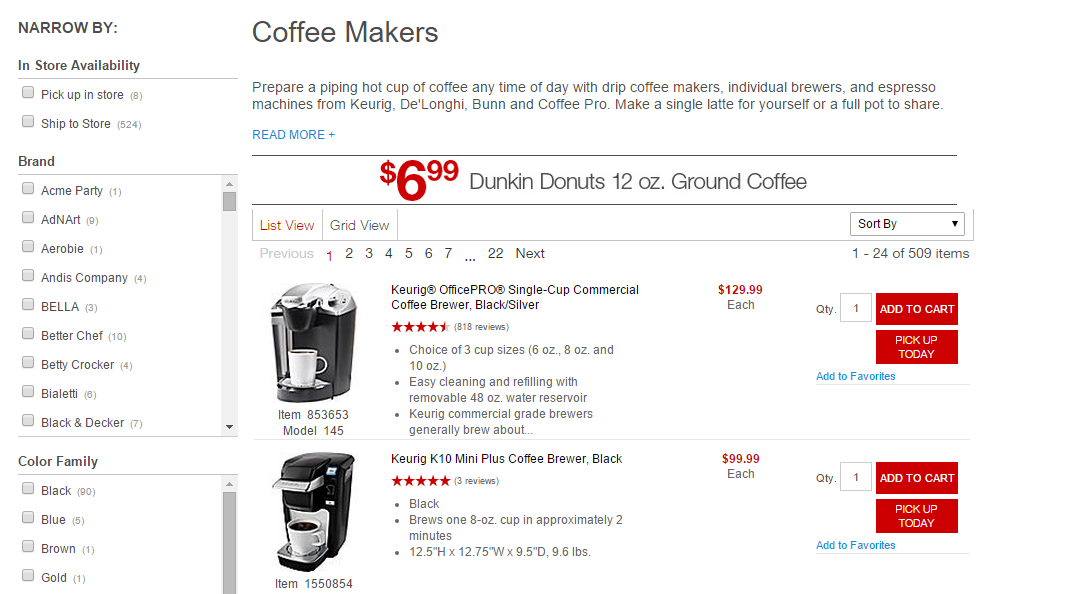
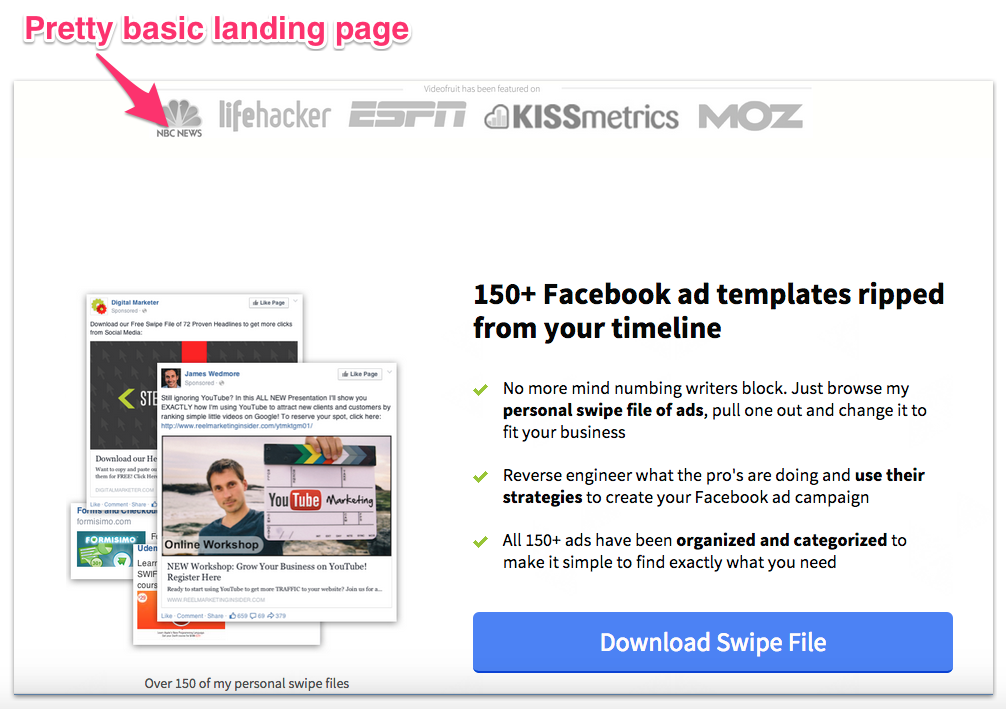


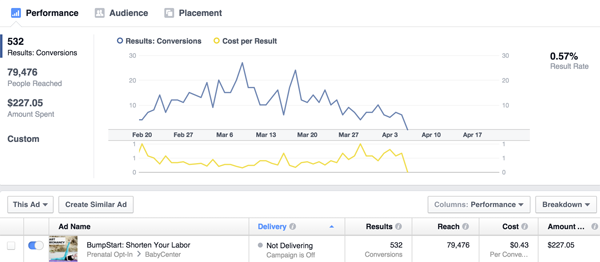

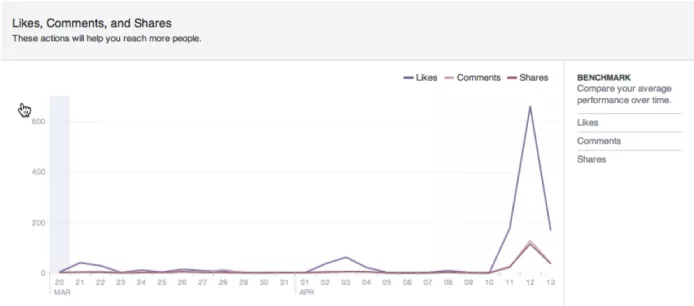





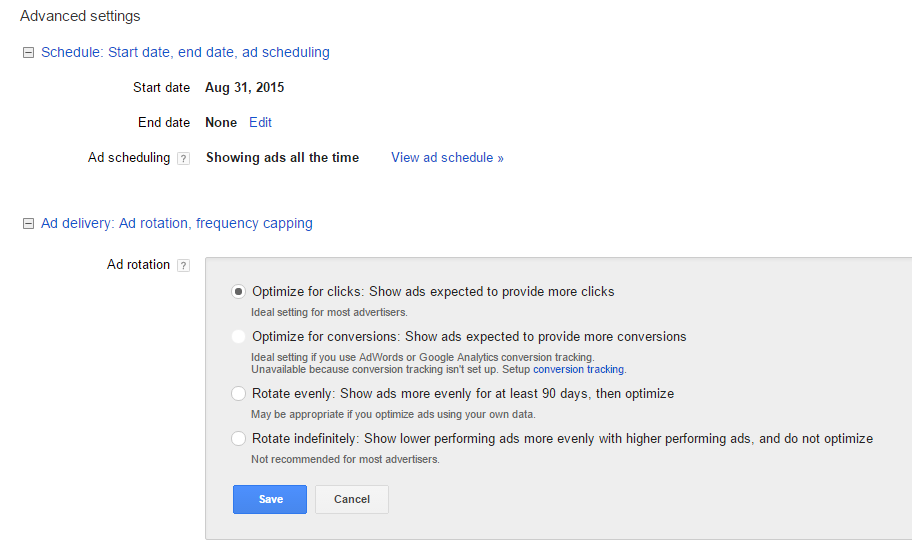
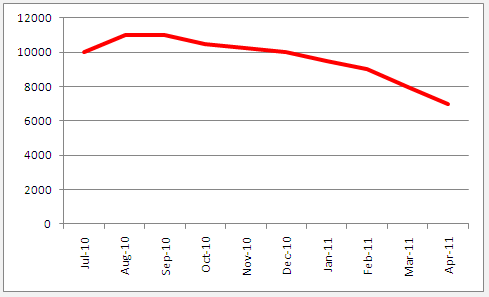
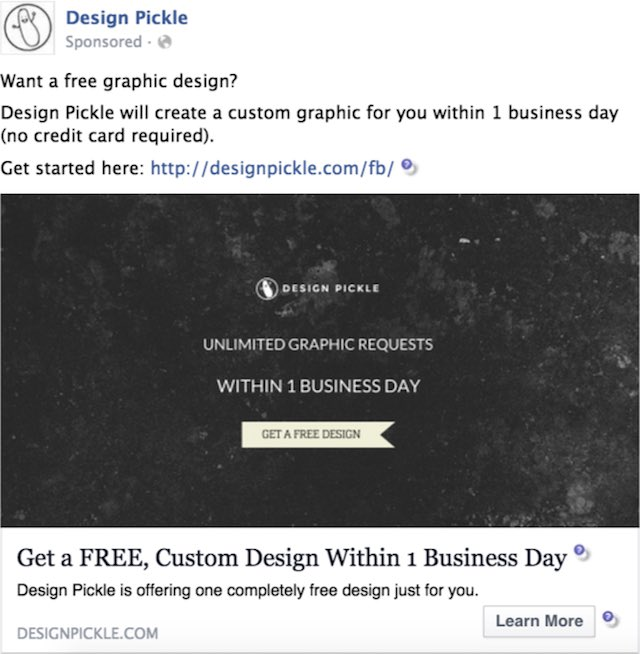
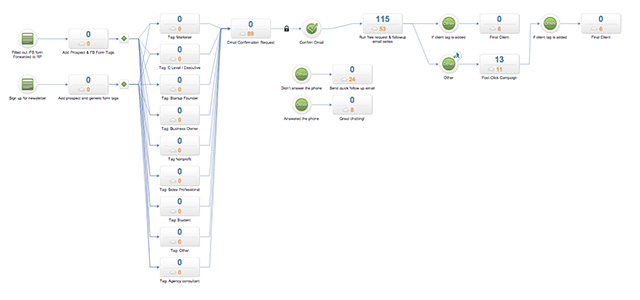
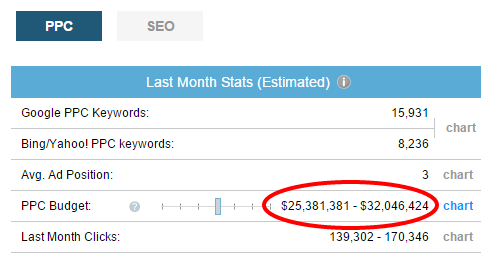


Comments (60)